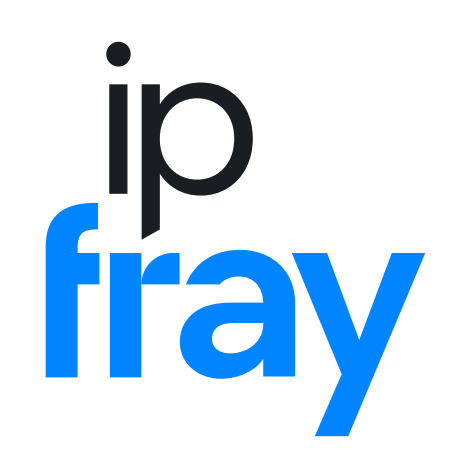Context: After settling its 5G patent disputes with OPPO (January 24, 2024 ip fray article) and vivo (February 5, 2024 ip fray article), Nokia announced a license agreement with an unknown company (presumably Xiaomi) and the conclusion of its renewal cycle for license agreements with major smartphone makers (February 8, 2024 ip fray article). It’s been known for a while that Nokia, like other wireless innovators, has identified growth opportunities in connection with other product categories.
What’s new: Patrick Hammarén, the head of Nokia’s Internet of Things (IoT) licensing program, has just announced in a corporate blog post that Nokia, which concludes the vast majority of its license agreements without litigation, felt foced to “initiate[] legal action against Verifone for the unauthorized use of Nokia’s connectivity technologies in their point of sales (POS) devices.” Cases over cellular (4G/5G) patents have been brought in German national courts and in the Unified Patent Court (UPC). Details concerning the exact venues and patent numbers are not known yet. Nokia says Verifone also uses its WiFi patents without authorization.
Direct impact: The recent settlemens freed up litigation resources, enabling Nokia to take action where licensing negotiations didn’t look promising without it. Sometimes such disputes settle quickly, but this is the first major case over wireless standard-essential patents (SEPs) against a payment terminal maker, so it’s unclear whether the duration of the dispute will be more similar to automotive patent disputes (which are often shortlived) or to smartphone patent disputes.
Wider ramifications: While IoT is a buzzword in the debate over the EU SEP Regulation, which is now in the hands of the EU Council following a vote in the European Parliament (March 7, 2024 ip fray article), this new Nokia v. Verifone dispute has no political implications. Verifone is a sizable company with headquarters in Florida and offices on other continents that had already gone public and was then acquired by private equity investors for $3.4 billion (April 9, 2018 Bloomberg article). Nokia’s blog post notes that “since 2017, [they] have signed over 250 patent licenses agreements and litigation was required in less than three percent of these.” It also states that negotiations had been going “for several years but unfortunately it is clear that the company is not willing to agree a license on fair terms.”
The reason for which Nokia’s negotiations with Verifone failed despite several years of trying is unknown, though some clues may surface during the course of litigation. It’s possible that the private equity investors (Francisco Partners) who privatized Verifone and hope to sell it or take it public again at a much higher price have given the company’s management ambitious profitability goals. At least that scenario would not be unheard of.
Another factor that may occasionally complicate negotiations over such products as payment terminals is that the part of the overall product value contributed by wireless innovators is rather high. That is so because such products come with limited functionality (as opposed to multipurpose devices such as cars, laptops or smartphones). IoT applications can be simple asset trackers, which do nothing but send location information, or smart meters, which perform a simple metering function and then transfer the data over a wireless connection. Payment terminals come with more technology than asset trackers or smart meters do on average, but they’re also far from the rich and diverse feature sets of smartphones. They’re just credit card readers, which means they have to meet certain security standards, and have the smallest and simplest kind of printer so they can put out receipts. Relative to the price of such a single-purpose device, wireless patent licensing costs may appear high if one has smartphone percentages in mind (for instance, one could infer from information that became public in a Qualcomm case in the United States that Apple’s total licensing cost per iPhone was less than $15 at the time, which means a very low single-digit percentage).
Nokia’s choice of venues suggests that the plan is to get Verifone to return to the negotiating table. If Nokia had wanted to use brute force, it could have filed in several jurisdictions at once. They know how to do that if necessary, and building experience in different venues is now a key virtue, also with a view to the fact that an EU SEP Regulation may slow down enforcement in the 27-member bloc’s courts. But here, Nokia picked the two obvious priority jurisdictions: the UPC, which can order multi-country injunctions, and German national courts.
40% of all UPC cases are filed in Munich, but there are Local Divisions in other places, including Helsinki, which is the area where Nokia is headquartered. The UPC has yet to develop its SEP case law. The first UPC SEP trial may take place in Munich this spring, and the Munich Local Division actually has several such cases on its docket.
ip fray will try to obtain further information and keep an eye on the relevant court dockets.

